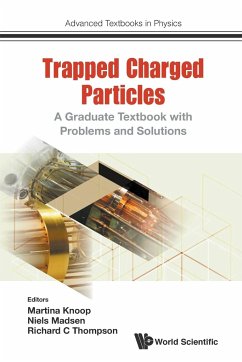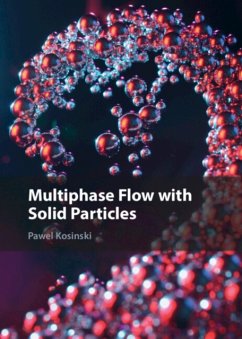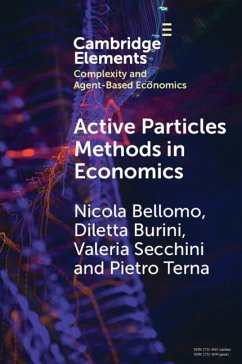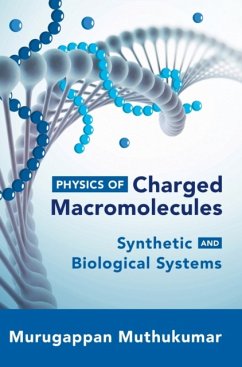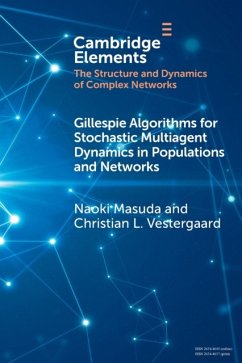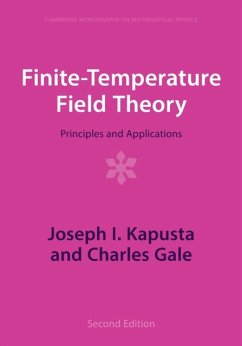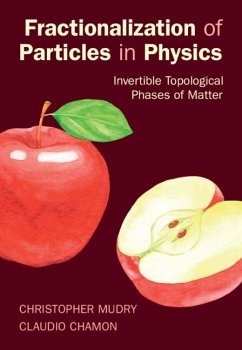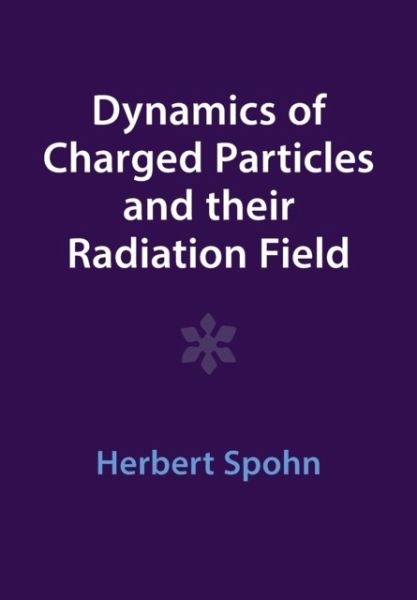
Dynamics of Charged Particles and their Radiation Field
Versandkostenfrei!
Versandfertig in über 4 Wochen
45,99 €
inkl. MwSt.

PAYBACK Punkte
23 °P sammeln!
This book provides a self-contained and systematic introduction to classical electron theory and its quantization, non-relativistic quantum electrodynamics. The first part deals with the classical theory, the second part the quantum theory. First released in 2004, this title has been reissued as an Open Access publication on Cambridge Core.





